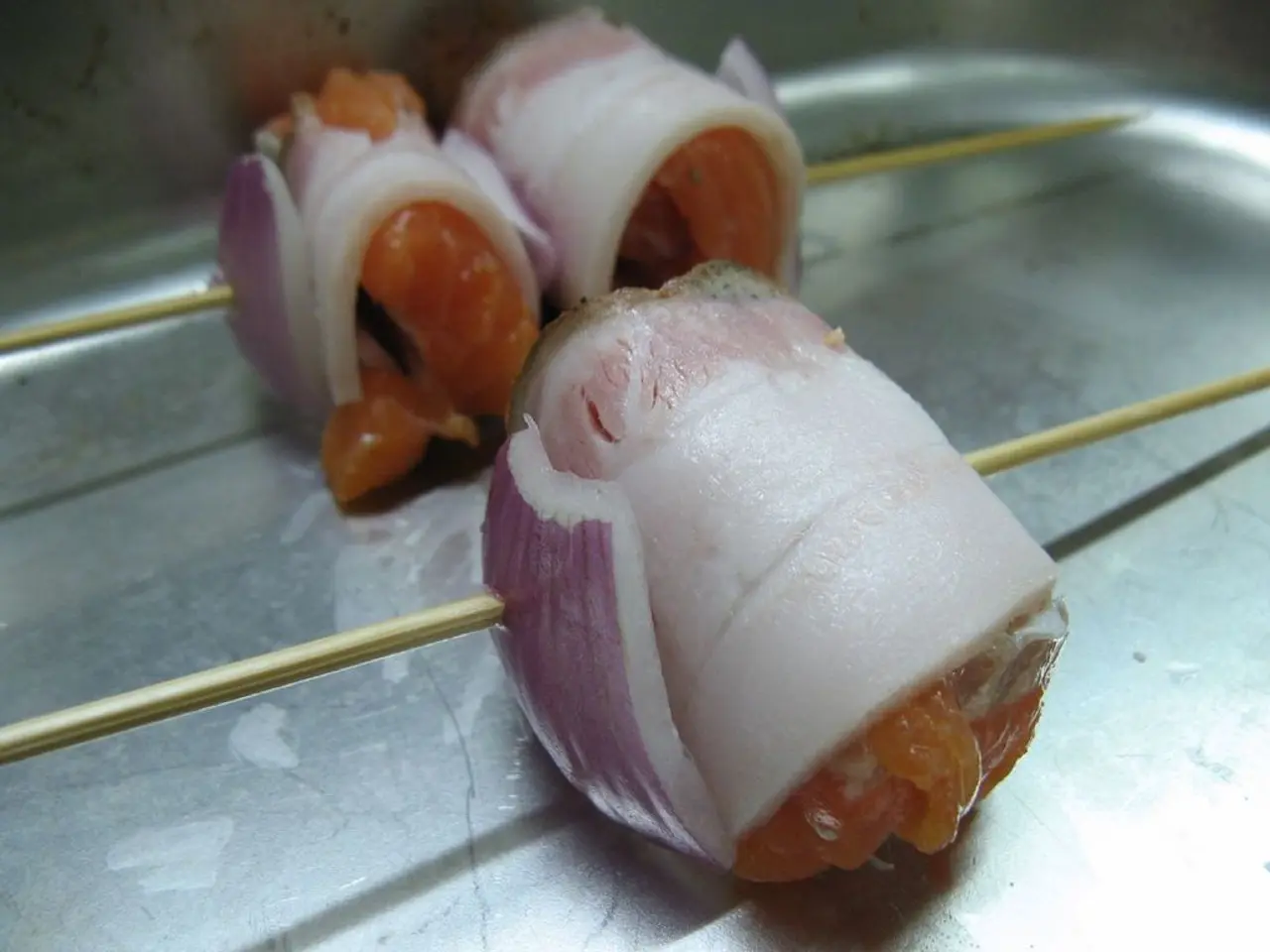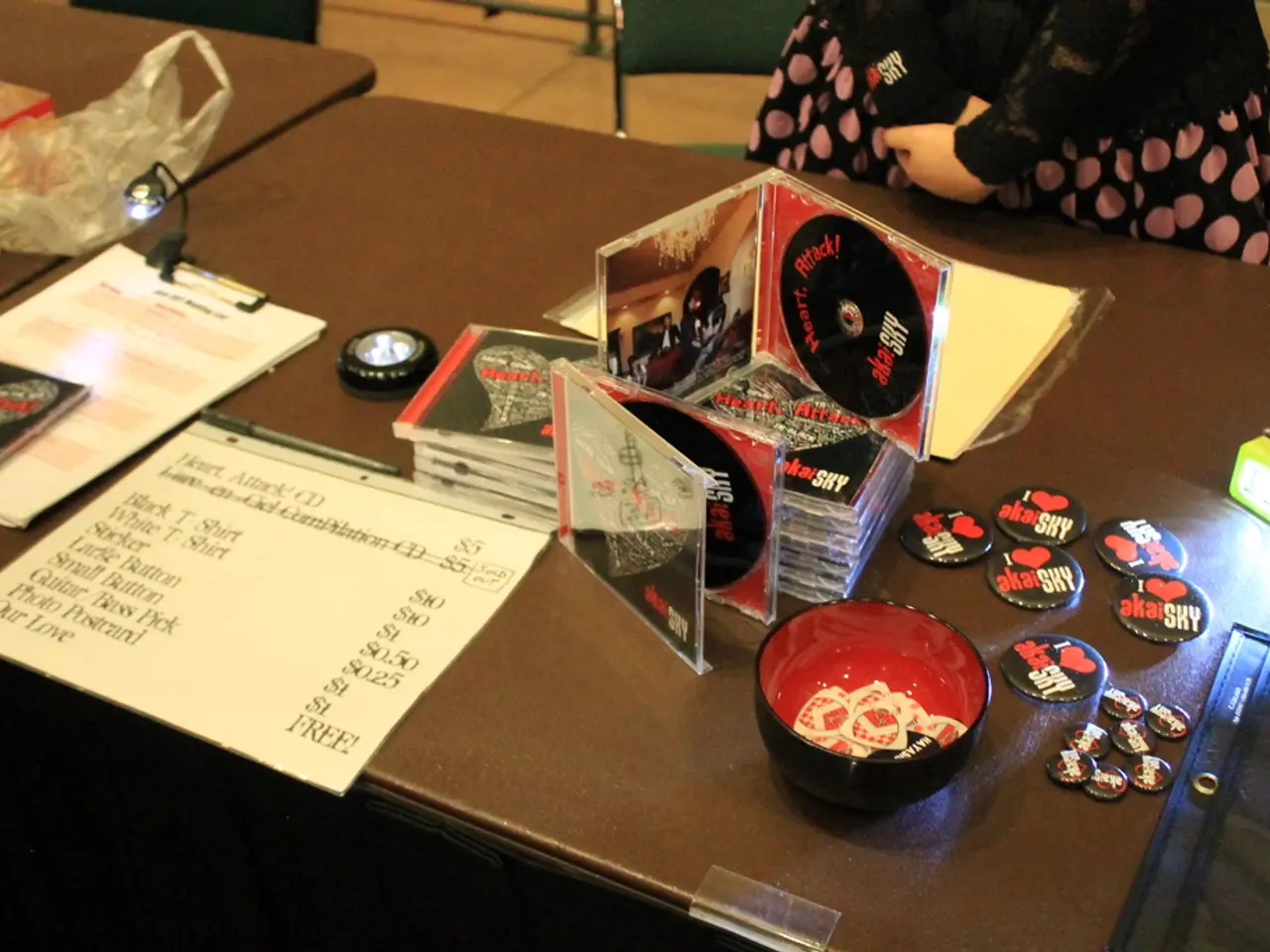Life's Texture Unveiled Through Japanese Papermaking Techniques
In the heart of Niigata Prefecture, Kadoide Washi stands as one of the remaining washi production centers, preserving the ancient art of washi manufacturing and kozo plant cultivation. This traditional craft, with roots dating back centuries, has found a modern resurgence, as washi's unique characteristics continue to captivate the world.
Washi, often mistakenly referred to as "rice paper," is primarily made from the inner bark of the paper mulberry (kōzo), muku (a type of mulberry), and gampi trees. The traditional production process involves simmering the bark in water, pounding the fibers, and forming sheets by scooping the pulp with a bamboo screen (su) within a mold (keta), known as a suketa. This labor-intensive method results in washi's distinctive texture and strength, making it stronger and more pliable than Western paper.
Historically, washi has been revered for its durability, transparency, and special absorbency, qualities that have made it an essential material for traditional Japanese crafts and arts. From calligraphy and painting to origami and ukiyo-e woodblock prints, washi's unique properties have been utilised for centuries. It has also been used in interior design for making paper lamps, screens, and wallpaper, and in restoration and conservation for repairing other types of paper.
The quality of washi has been recognised throughout history. Echizen in Fukui Prefecture, for instance, was designated for official use by governmental officials, nobles, and samurai during the Edo period due to the exceptional quality of its washi.
In the modern era, washi continues to evolve, with innovations like Yasuo Kobayashi's room partition material made by coating a metal mesh with paper mulberry fibers. Washi is also being adapted for contemporary use, with the Awagami Factory in Tokushima Prefecture producing washi compatible with modern printing methods like offset and inkjet printing.
UNESCO recognised the significance of washi in 2014, adding it to its list of the world's "Intangible Cultural Heritage," highlighting papers from Shimane, Gifu, and Saitama Prefecture. The legacy of washi extends beyond Japan, with Isamu Noguchi's "Akari" lantern, designed in 1951, employing traditional washi craftsmanship and sculptor's genius, and continues to be used for illumination throughout the world.
Washi survives today as a heritage craft and a constantly innovating design practice. Brands like Kubota, a famous sake brand, produce their labels at Kadoide Washi, and WASARA tableware is manufactured using lightweight molded washi pulp, suitable for catered events and parties.
As washi continues to evolve, its unique combination of raw materials, production techniques, and historical uses sets it apart from Western paper, making it a highly valued and enduring part of Japanese culture.
- The art of calligraphy is beautifully represented with the use of traditional Japanese washi, providing a distinct texture and transparency.
- Kadoide Washi, an ancient washi production center in Niigata Prefecture, has supplied washi to brands like Kubota for their sake labels, showcasing the importance of this traditional craft.
- Washi's unique characteristics and historical uses have earned it a place among the world's "Intangible Cultural Heritage" by UNESCO, reflecting its enduring significance in Japanese lifestyle, art, and design.
- From clothing and fashion-and-beauty products to home-and-garden decorations like paper lamps and wallpaper, washi continues to be used in various ways, demonstrating its versatility in modern events and art.
- The Awagami Factory in Tokushima Prefecture has made advancements in washi production, creating a washi suitable for modern printing methods and contemporary art, testifying to the resurgence of this age-old craft.




